
Frequently Asked Questions About Transmission Coolers
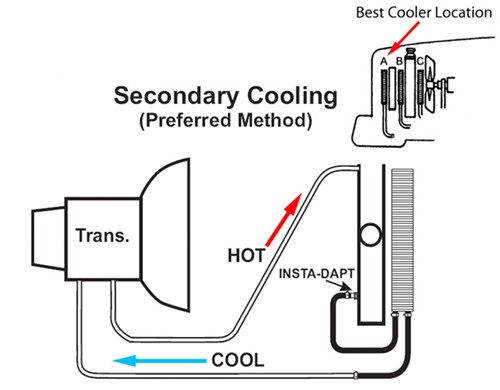
1. How does a transmission cooler function?
2. How do you attach the transmission cooler in front of the radiator or air conditioning condensor?
3. What is the difference between the tube-and-fin cooler, the plate-and-fin cooler and the stacked-plate cooler?
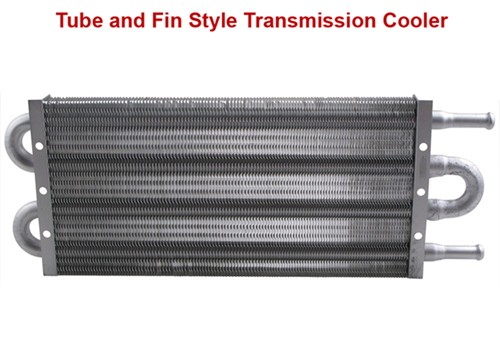
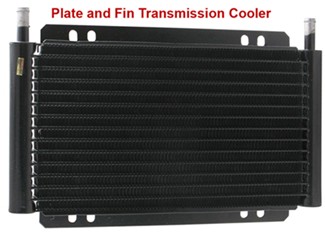
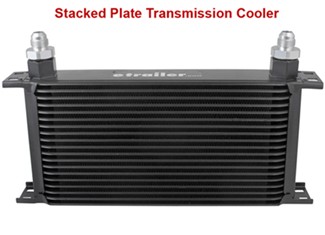
4. If there are 3 coolers all listed for the same weight, how do you know which one is best?
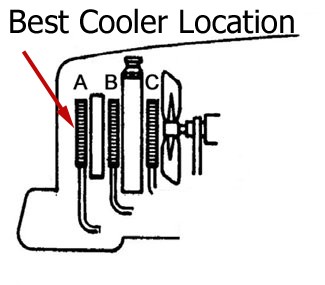
5. Why are coolers rated by Class?
6. Shouldn't I get the one rated for the highest weight capacity? Why or why not?
7. Will this mess up my factory transmission?
8. Does the transmission cooler do anything if you are not towing?
9. If the transmission cooler is a custom fit why do I need to measure?
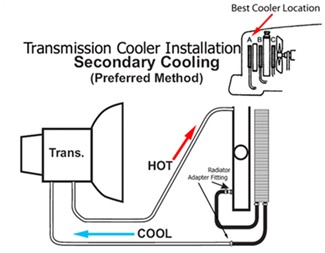
10. Are custom fittings available for most vehicles?
11. How do I install a transmission cooler when special fittings are available?
12. How do you know if you need special fittings?
13. What is a hose barb?
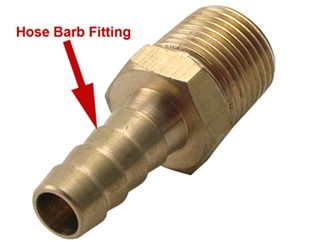
14. What does NPT mean?
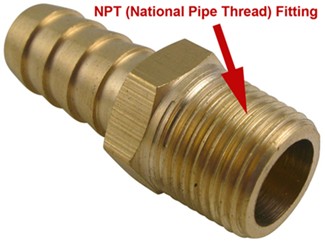
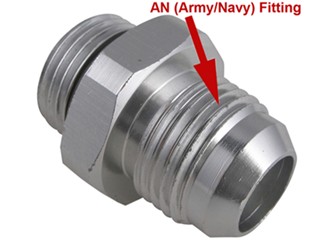
15. Can all coolers be used on any vehicle out there or are the ones listed in the fit guide search only for that year, make and model?
16. Just because the fitguide does not list a transmission cooler for a vehicle can someone still put one on?
17. Can I use an oil cooler, power steering cooler and transmission cooler all together?
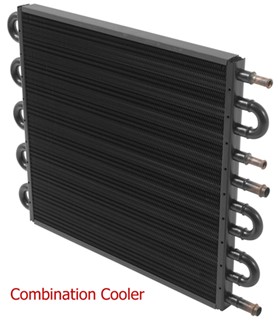
18. Do the coolers mount in the same location as other items, like power steering coolers and engine oil coolers?
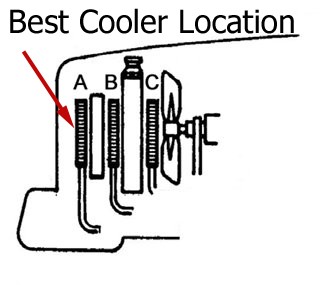
19. I have lines running from my transmission to my radiator. How does the transmission cooler actually install to the radiator?
20. Does the transmission cooler need to be installed with the hose fitting in any certain position?
21. Do I need an oil cooler also?
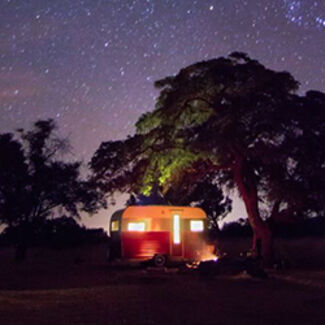
Paul G.
1/25/2023
Does the transmission oil go through the transmission cooler when in park and neutral as well as drive. If transmission oil got very hot well over 100 C I would pull over for rest break. Would it be better to keep engine running in park or neutral as it may cool down quicker?


Pete
4/1/2022
i'm looking at buying a used saturn vue. the tranny was replaced and an exterior cooler was added. thing is, when it gains speed, the cooler sounds much like an airplane drone. the faster, the louder. should that be a concern?


Fernando R.
10/26/2021
Saque radiador atf. Y al colocarlo de nuevo no se llena con aceite. Hay que purgarlo? Como?

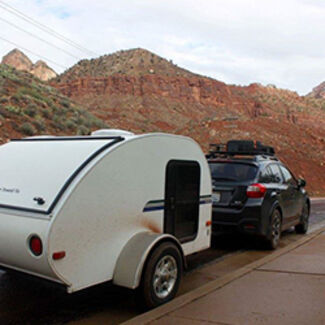
Robert J.
9/8/2021
I have a 2021 Toyota Sienna Hybrid van, can a transmission cooler be put on it. It had the ecvt transmission in it Thanks

Departments
Towing
- Trailer Hitch
- Fifth Wheel
- Gooseneck
- Towing a Vehicle
- Front Hitch
- RV Hitch
- ATV Hitch
- HD Truck Hitch
- Vehicle Wiring
- Brake Controller
- Ball Mounts
- Weight Distribution
Sports and Recreation
Trailer Parts
- Utility Trailer
- Boat Trailer
- Landscape Trailer
- Enclosed Trailer
- 5th/Camper Trailer
- Car Hauler
- Horse Trailer
Vehicle
Contact & Help

What our customers are saying:
"I like the easy of navigation through the site. It only took me a couple of minutes to place my order. Thank You I will shop this sight again in the future."
Popular Vehicles
- Subaru Forester
- Ford F-350 Super Duty
- Ford F-250 Super Duty
- Chevrolet Silverado 1500
- Jeep Wrangler Unlimited
- Jeep Wrangler
- Ram 3500
- Toyota Highlander
- Ram 2500
- Chevrolet Silverado 2500
- Subaru Outback Wagon
- Chevrolet Silverado
- Dodge Ram Pickup
- GMC Sierra 2500
- Ram 1500
- Ford F-250 and F-350 Super Duty
- Jeep Grand Cherokee
- Toyota Tacoma
- GMC Sierra 3500
- Toyota Tundra
- Ford Escape
- More >>



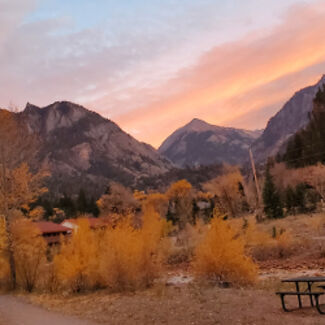
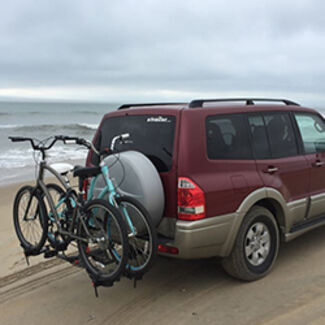


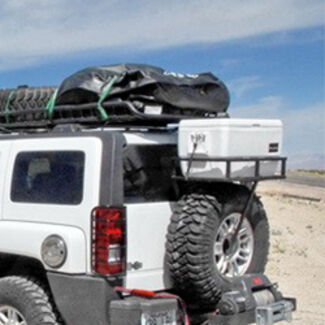
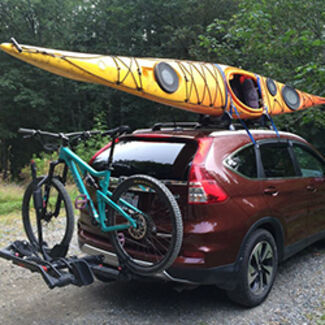
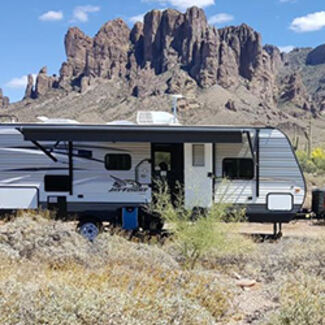










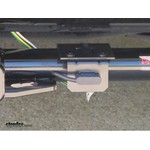









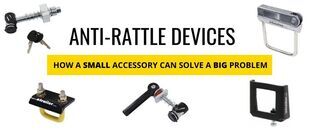





Garza A.
12/6/2023
I have a 2000 ford ranger xlt 3.0 flex. I am going to start towing a bit with it and carry some stuff in the bed of the truck. Nothing too crazy. I also like to beat on it and mess around. What sort of transmission cooler would yall recommend and how should I mount it. 1. Both lines straight to the cooler or 2. The hot line to the rad and the cool line to the rad and back to the tranny?